Introduction to the Design Topic
Material Exploration
Brainstorming
My research topic is based on indigenous knowledge of the Tswana group of Batswana called Bangwaketse. So, below are the materials I intend to explore in my journey to making jewellery pieces which reflect Bangwaketse.
Exploration of Techniques
The first exploration is the exploration of how to hold the Botswana agate bead. Botswana agate beads are intended to be used as the centrepiece of the research as it reflect Batswana as from its name. So exploring different types of settings will help me to choose appropriate settings once I start coming up with concepts.
Technique 1-exploring holding beads in a linear setting. This setting can be used in a variety of jewellery. The end of the wire after inserting beads is riveted with the help of a frame saw to open up the end and using a knife to open the end. Using a hammer for reverting, in this case, is very difficult.
Technique 2- The very simple technique of stringing the beads with wire. It can be useful in some designs
Technique 3- This is an interesting technique, which I have fallen in love with. First I melted the end of the wire, to create a ball which will work as a barrier. Then doomed the circular plate and make a hole in the middle. Then insert the beads into the wire and connect it to the doomed plate. Then solder the back of the doomed plate and the wire to hold the beads intact.
Lesson learnt- Using fire on the beads was an experiment because I was not aware of what will happen because I am not aware of the melting temperature of the agate. I used soft solder because it melt at a lower temperature. The experiment was a success, though the bead looked like it changed colour a little bit dull, but it is still intact.
Technique 4- A very simple and interesting technique. It can be infused into any design.
Technique 5- Similar to technique 3, the top has to be filed to the surface of the bead, and also the doomed plate is equal to the size of the bead. It is a very interesting technique, very clean. The bottom can be soldered or riveted depending on the design.
Technique 7- Same as technique 6, but this time there are two arms which will be inserted into the holes of the bead. Very interesting concept when done clean.
Technique 8 - This is an interesting technique, which I will explore more in my design to come. I would want to try the curved setting of this technique. The beads are held by a tube-like frame.
Project 1
The Basket
Image 1- is the Reference drawing that I was drawing inspiration. The shape of my band takes that organic shape from the Botswana agate slices. Then using one of the settings explored, the shape of the settings signifies Tlatlana (basket image 2) It was used to carry, store and sieve pounded sorghum. So, in this case, carrying Botswana agate signifies the important role it played in a Batswana household for so long.
Development of the concept
Development Continues
Manufacturing of the Piece
The wood used here is laminated plywood. But the proper wood to use will be Mukwa. A very attractive brown wood which polishes well. It is also strong and durable. During manufacturing, the brass cracked inside the wood and I had to redo it.
The shank was made again, this time taking consideration that the inside brass band on crack when doom it out on the wood. It came perfectly, though the side are not equal. I have noted the problem, which is to doom each side simultaneously for it to have equal sides. Also annealing enough help, because when annealed it tend to bend without difficult.
Project 2
Three Chiefs
This idea is based on the Story of Bangwaketse( Batswana) and the Kgotla as a dialogue for dispute settlements. This idea is inspired by the story of 3 chiefs(image 1) who went to Britain in 1895 to ask for protection in fear of Cecil John Rhodes invading Botswana. The concepts of Kgotla which promotes dialogue is what gave Botswana independence without bloodshed which the Chief exercised.
The three Botswana gate stands for 3 Chiefs
The horseshoe which surrounding the chief stands for Kgotla(dialogue)
Technical Drawing
The first is to make a tube, then open it up, until the beads are able to fit, but they can only enter through one side. That is the only part which needs to be done carefully because the beads are supposed to be movable inside, so it should not be too tight or too loose because they will come out. Then the rest is band and soldering.
When now reverting the wire which connects the beads, a countersunk must be done on holes so that when reverting the metal falls on that countersunk for a strong joint. In the finished piece(image 4), the beads are able to move in a linear direction.
Project 3
Letlapa La Botswana
Project 4
Multiples Project - Matlapa a Botswana
Project 5
Kgotla Pendant Inspired
This project was conceptualised on the bench
Project 6
Kgotla Earrings Inspired
This project was conceptualised on the bench
Basket pattern Design Jewellery
Basket pattern Design Jewellery
Project 10
Project 11










































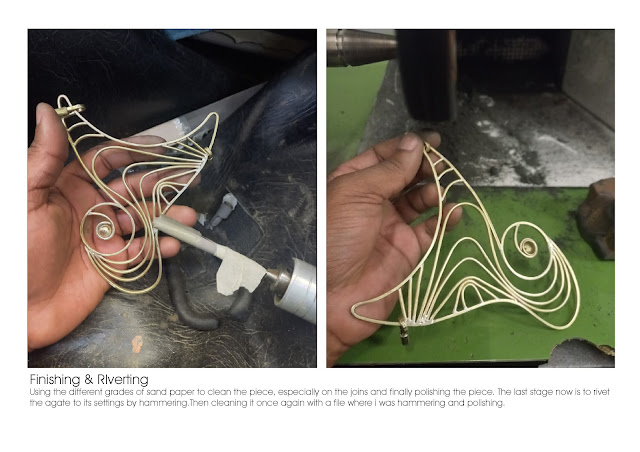






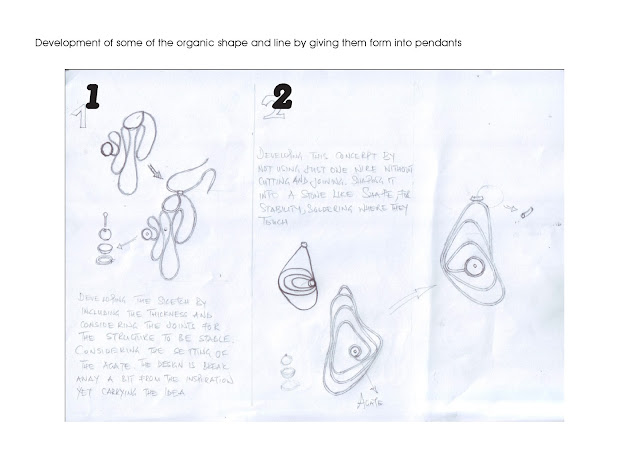









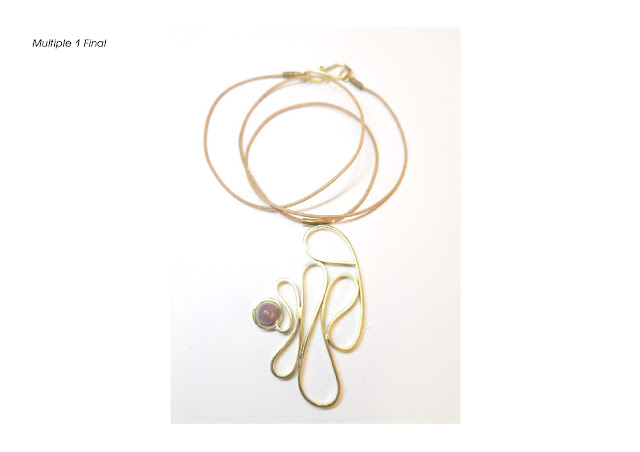



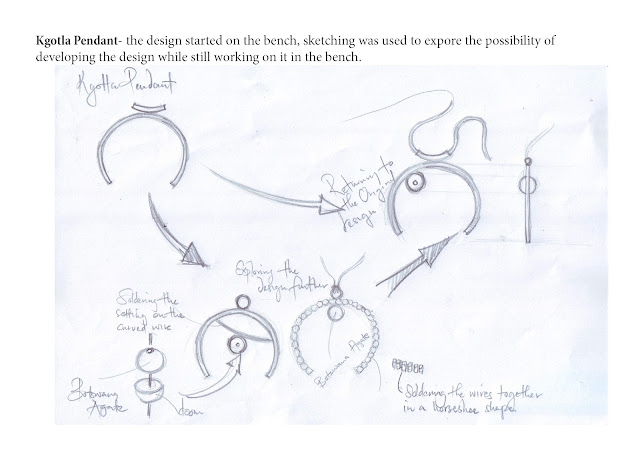




























































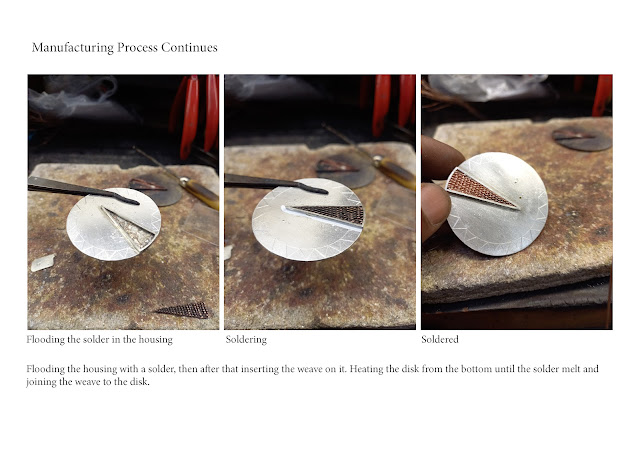










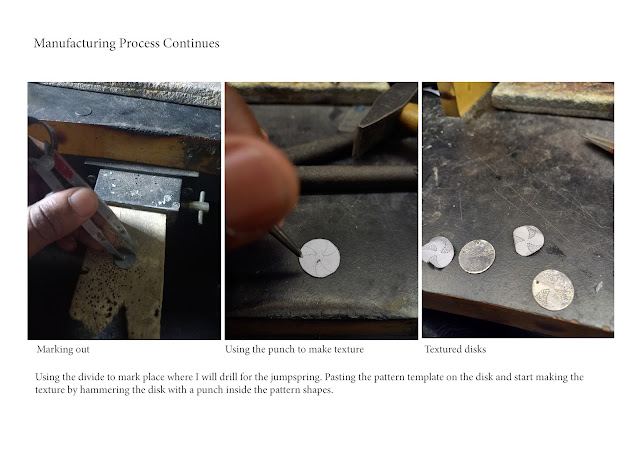
































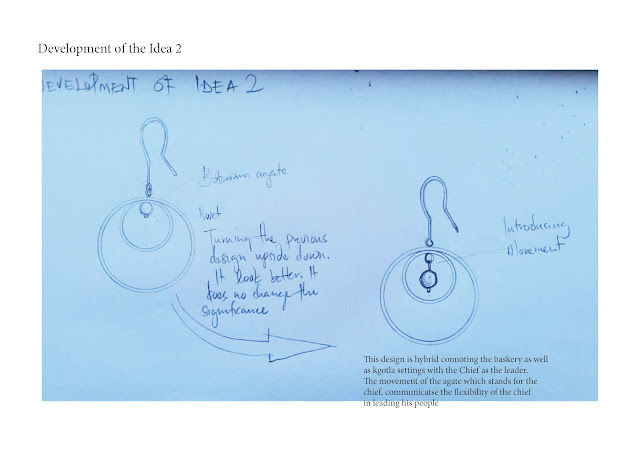































No comments:
Post a Comment